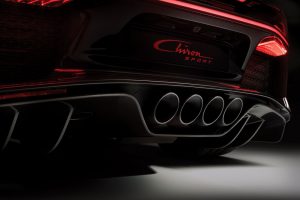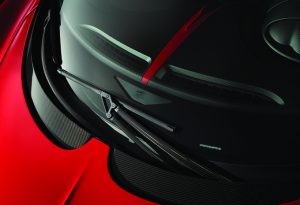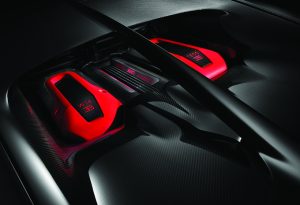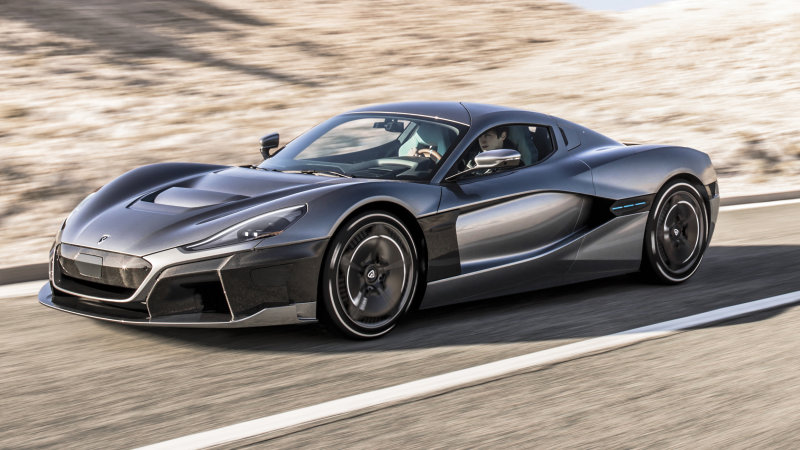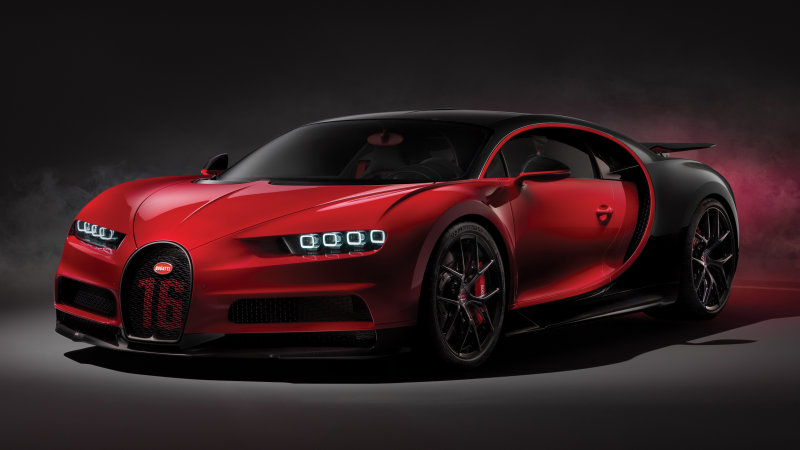It has a trunk that will fit two golf bags, a reverse camera, parking sensors, automatic headlights, navigation and an apparently easy ingress/egress. All of this is meant to make the 2,535-pound supercar a nicer place to spend time. Exact power figures and a proper name aren’t official just yet, but we’re told to expect about 600 horsepower and 520 pound-feet of torque from the 6.0-liter V8. That engine is a Ginetta design throughout. You’ll have to remember that Ginetta is no joke of a performance and race car company. It’s been producing performance cars since 1958 and competes in various racing series now.
The Aston Martin AM-RB 003 Is the Company’s Third Mid-Engine Supercar
A Concept That Will Transition to Production
Formerly called the Project 003, the Aston Martin AM-RB 003, is the third of the mid-engine supercars Aston is working on. The company partnered with Red Bull Advanced Technologies to put together the car, much like it has with the Valkyrie.
The car still borrows a lot of technology and performance principles from Formula 1 cars. However, it will be the most roadgoing version of an Aston mid-engine car yet. It will get a roomier cockpit than the other cars, more interior storage, a larger cargo area, and doors that make it easier to get in and out of the low-slung coupe.
The vehicle gets a lightweight carbon fiber structure, carbon fiber bodywork, active aerodynamics, and Valkyrie-like styling. The powertrain for the model is a hybrid that utilizes a V6 engine and electric motors. The specifications for the output and all of the interesting details about how it works have not been released. However, the company did say it would include the Nexcel sealed oil system, which allows oil changes in as little as 90 seconds.
The interior of the car is notably more spacious, but what sets it apart from other supercar cockpits for us is its simplistic but futuristic layout. There’s not a ton going on, but there is futuristic technology and plenty of display screens. The vehicle offers gorgeous interior materials including leather, carbon fiber, and aluminum. The company took special care to perfectly align the driver’s back, steering wheel, and pedals.
Aston has yet to finish development of the car. Once it does, it will keep the vehicle exclusive by offering only 500 models for purchase.




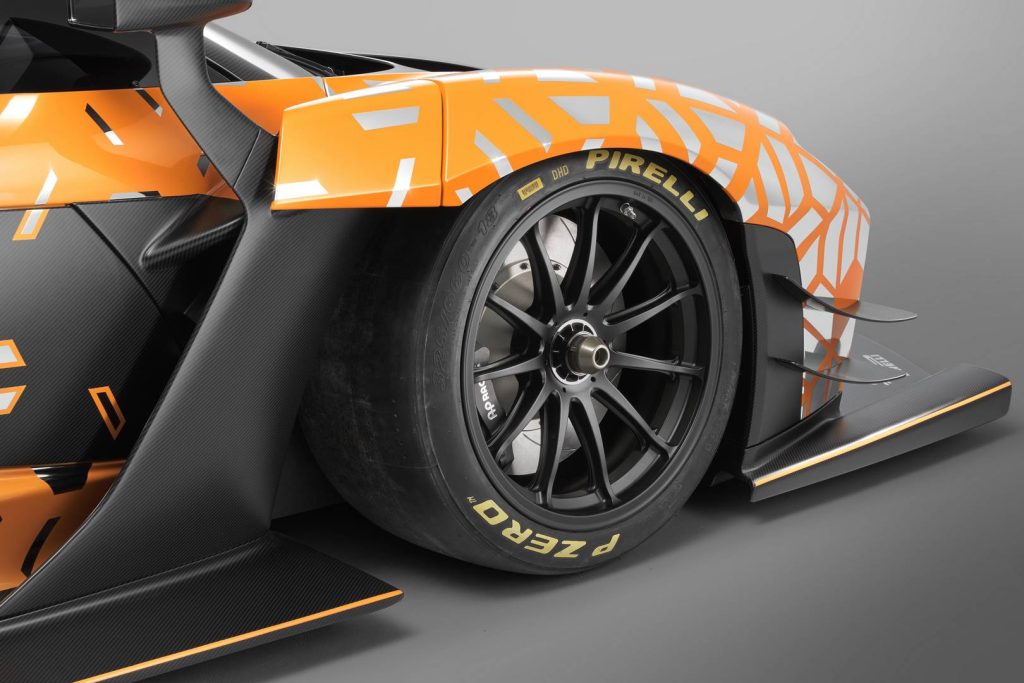

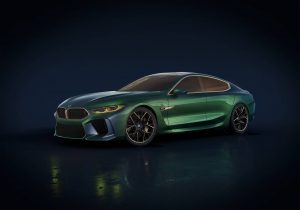 Sporting the ‘Gran Coupe’ moniker, the BMW Concept M8 Gran Coupe debuted in Geneva Motor Show with a slight glimpse of what the future holds for BMW.
Sporting the ‘Gran Coupe’ moniker, the BMW Concept M8 Gran Coupe debuted in Geneva Motor Show with a slight glimpse of what the future holds for BMW. What’s funny are the stock photos look to be a nighttime rendezvous on top of a frozen lake, so that means that the M8 concept is cooler than what you have? Or a nod to James Bond and Die Another Day?
What’s funny are the stock photos look to be a nighttime rendezvous on top of a frozen lake, so that means that the M8 concept is cooler than what you have? Or a nod to James Bond and Die Another Day?

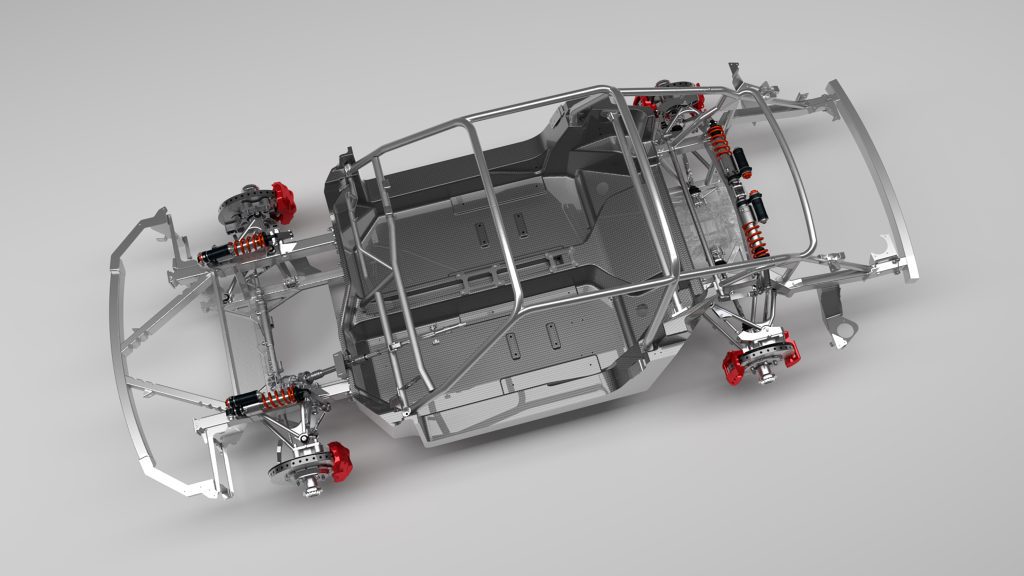

 More exciting reveals came about in Geneva this week with Mercedes revealing their 4-door coupe to the world. Initially thought to be rumors, the sexy AMG GT 2-door coupe now will come with extra doors, which is good. Customers usually stuck with a Maserati Quattroporte, a Porsche Panamera, or the Aston Martin Rapide can now rejoice! There are more options for the oligarch in trouble of deciding.
More exciting reveals came about in Geneva this week with Mercedes revealing their 4-door coupe to the world. Initially thought to be rumors, the sexy AMG GT 2-door coupe now will come with extra doors, which is good. Customers usually stuck with a Maserati Quattroporte, a Porsche Panamera, or the Aston Martin Rapide can now rejoice! There are more options for the oligarch in trouble of deciding.



 This is a new car, with no parts shared from the Concept One and they’re out to be the best electric car company around.
This is a new car, with no parts shared from the Concept One and they’re out to be the best electric car company around.
